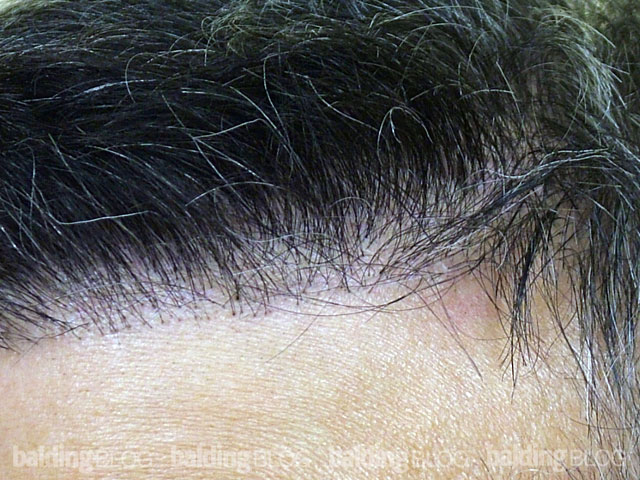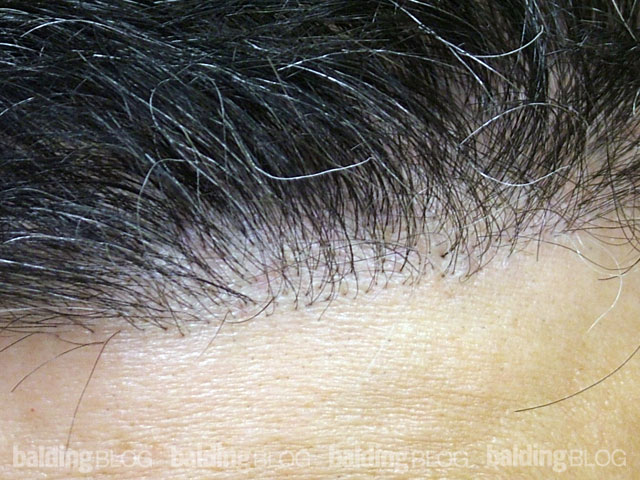I am considering a hair transplant procedure, but I am nervous about doing the surgery. What kinds of things can go wrong?

Hair transplantation is indeed a surgical procedure, and there are risks associated with any type of surgical procedure. The degree of risk, however, is more tied to the type of anesthesia than the surgery itself. With the anesthesia being limited to local and sedation, rather than a general anesthesia, the risk is about the same as a visit to the dentist’s office, statistically a risk of death estimated at less that one in a million people.
Any time one has surgery there is the risk of something rare and serious happening, such as an allergic reaction to medication, or a blood clot to the lung, or even cardiac arrest. The best surgical facilities in the United States are certified for surgery by one of two independent agencies. Our facility is the only hair facility in the United States that is certified by one of these two agencies, ours is certified by the Accreditation Association for Ambulatory Health Care.
The thing that you have to remember is that hair transplantation does not penetrate any body cavities. It is really analogous to taking off a big mole or wart. In 15 years and doing over 10,000 procedures, I have never seen any of the previously mentioned serious things happen. For a hair transplant the surgical risks can be defined well enough. The types of risks that should concern you include: infections, bleeding, swelling, wide scarring of the donor area, nerve damage and poor hair growth. I have never seen any serious infections as the scalp has a wonderful blood supply which prevents and protects against these infections. It is very common to have a few ingrown hairs with localized infections in the first few months as the new hairs grow in, but this is cared for by just keeping the scalp clean. Sometimes ‘popping’ these pimples yourself works, and when we do it we call it ‘draining’ the cyst. Sometimes these ingrown hairs produce a wider infectious problem which might require an antibiotic. Significant bleeding at the time of surgery should not occur in the hands of a competent surgeon, there may be some small drops of blood the first night after surgery but it is almost always handled with a little pressure directly to the bleeding area. If that doesn’t stop it, a suture might be needed, but that is exceedingly rare. Swelling after surgery is common. The swelling may work its way down to the eyes three or four days after the surgery, but the use of post-operative steroids may be helpful at reducing or eliminating swelling. Swelling always goes away after a few days.
Scarring always happens when the skin is cut, but newer techniques of wound closure usually prevent that from occurring at socially detectable levels. The more procedures one has, and the more grafts that are done with each successive procedure may make for a slightly wider scar. Rarely do these scars become cosmetically significant unless one shaved his head and in that case, all such scars will be seen no matter how perfect the healing is. Nerve damage should not occur, provided that you are using a well trained and competent surgeon. Poor hair growth is also something almost never seen, but occasionally happens. If your doctor and his assistants are experienced, and the techniques they use are modern state-of-the-art methods, only rarely is growth a problem.
Your question is important, for we often forget that everything in life has risks. Driving may be more risky than having a hair transplant surgery.



